Rosé season is officially here!
Spring is in the air! The vineyards are pruned, mornings are crisp and the days are warming. On top of that, our 2020 vintage Rosé is in the bottle! It’s perfect for the warm months ahead as folks contemplate being with family and friends throughout the summer.
Using the traditional “whole-cluster-press” production method (more about this below ⬇️ ), the result is layers of complexity and a rich palate. B Cellars Rosé is full-flavored with a bountiful expression of floral and fruit aromatics. Quite simply, delightful!
2020 Rosé
Salmon color. Aromatically, ultra-fresh and very inviting, blood orange, pear, and rosey. The palate is crisp and cleansing. Watermelon, strawberry, raspberry, rhubarb, and a touch of flintiness are accented by a crisp edge of acidity. Undoubtedly a food wine that would shine with carnitas and seared tuna – but make no mistake, this Rosé will drink perfectly on its own.
Rosé winemaking: A tale of two methods
Saignée (“sohn-yay”) is French for “bled” and refers to the act of “bleeding” the juice from a fermenter full of red grapes. Winemakers often will do this in order to reduce the volume of juice that is fermenting on skins as a way of concentrating the resulting colors and tannins in the finished wine. The juice that has been removed, or “bled” from the tank, is pink in color and can be fermented into wine by itself, producing a “rosé” wine. In this case, the rosé is essentially a by-product of a red wine. Winemakers are farmers first, after all, and nothing gets wasted.
In a whole-cluster press rosé wine, on the other hand, red wine grapes are harvested early, while the acidity is higher and before the skins begin to fully release their colors (and also tannins and other phenolics). These grapes are then pressed first, like a white wine. The resulting juice retains some, but not all, of the color from the skins, making it pink instead of a full, deep red or purple. Whole-cluster rosés are more expensive to produce but can obtain deeper, rounder, and richer flavors.
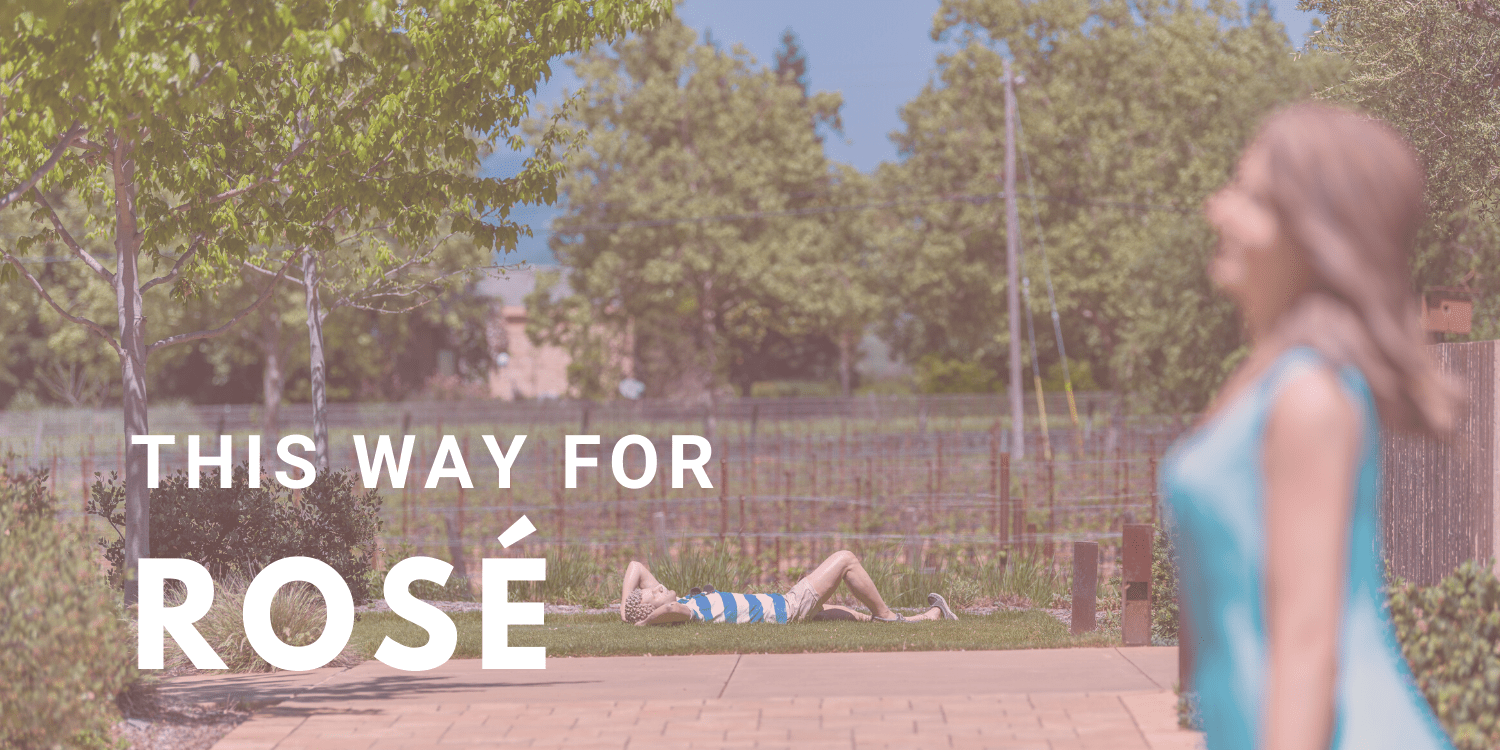

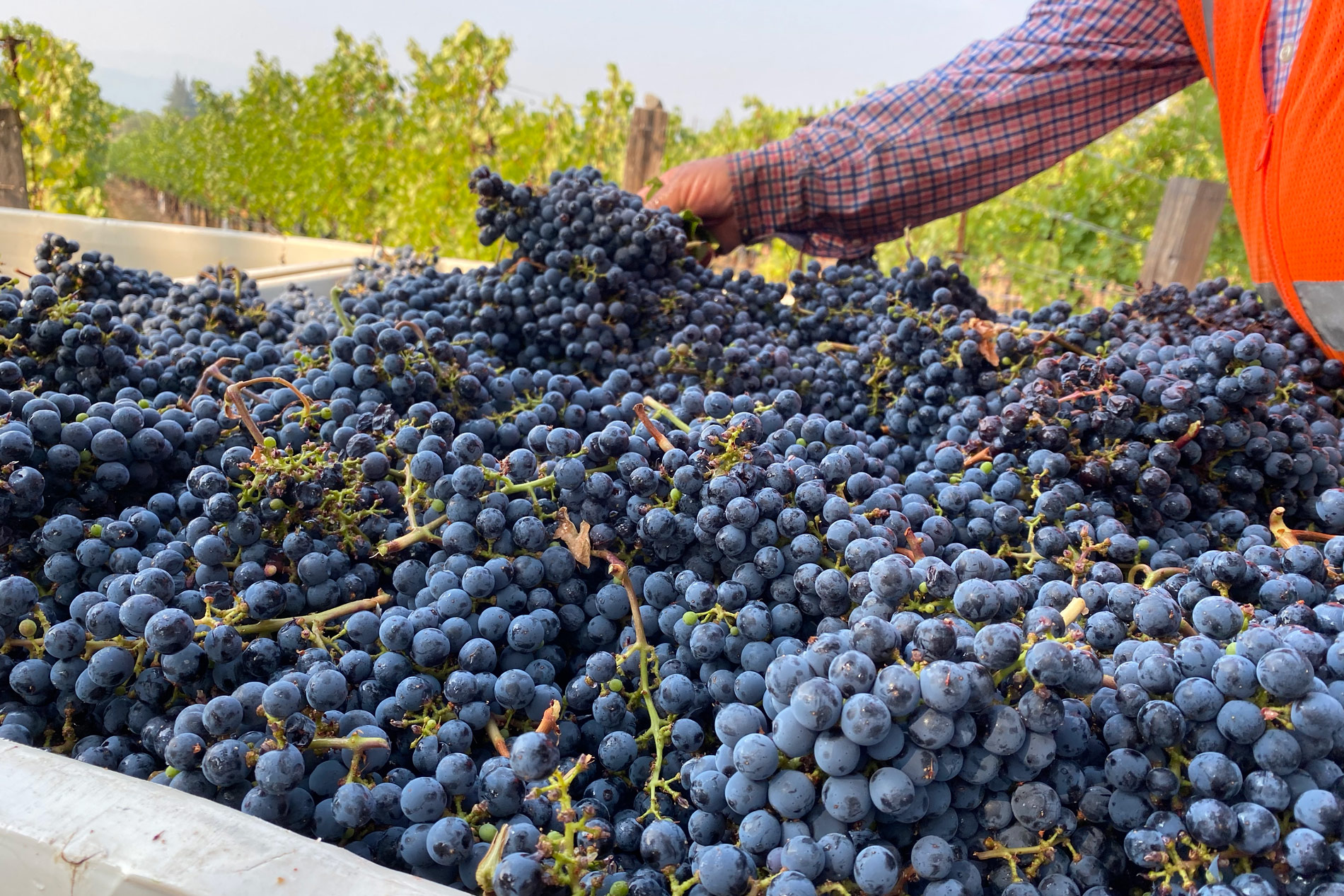
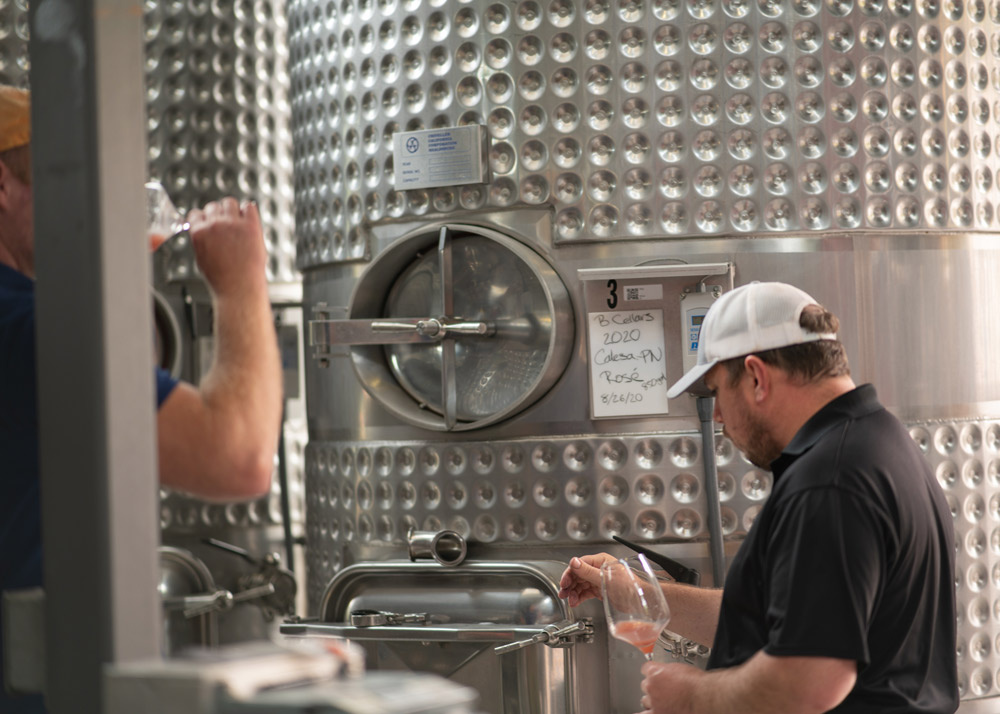
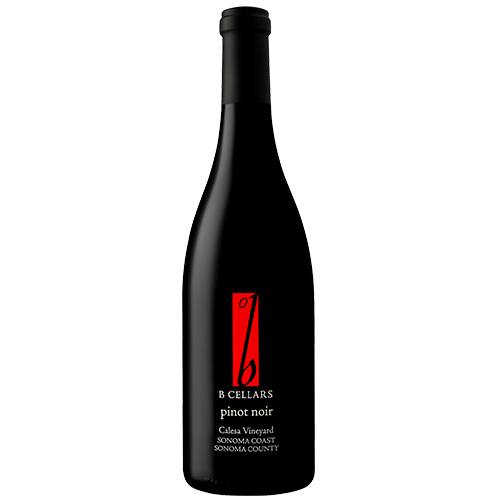
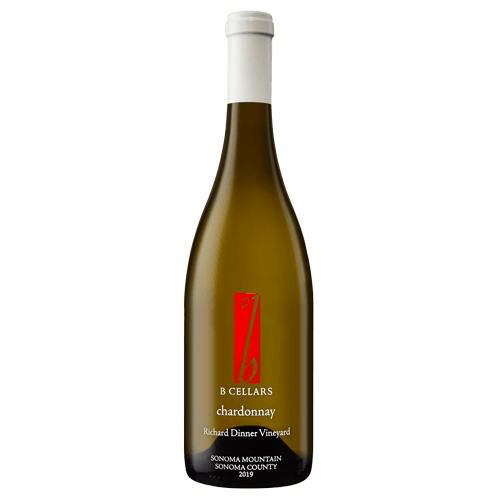
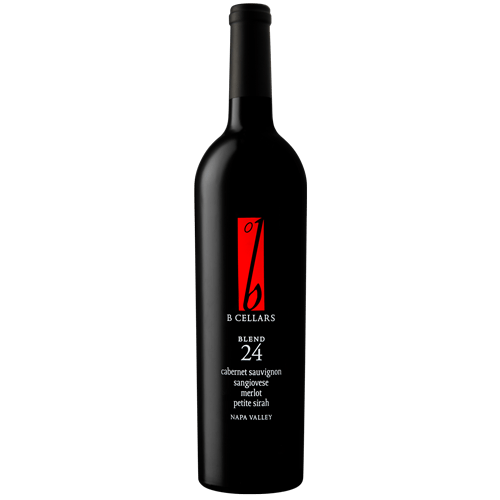
Leave A Comment